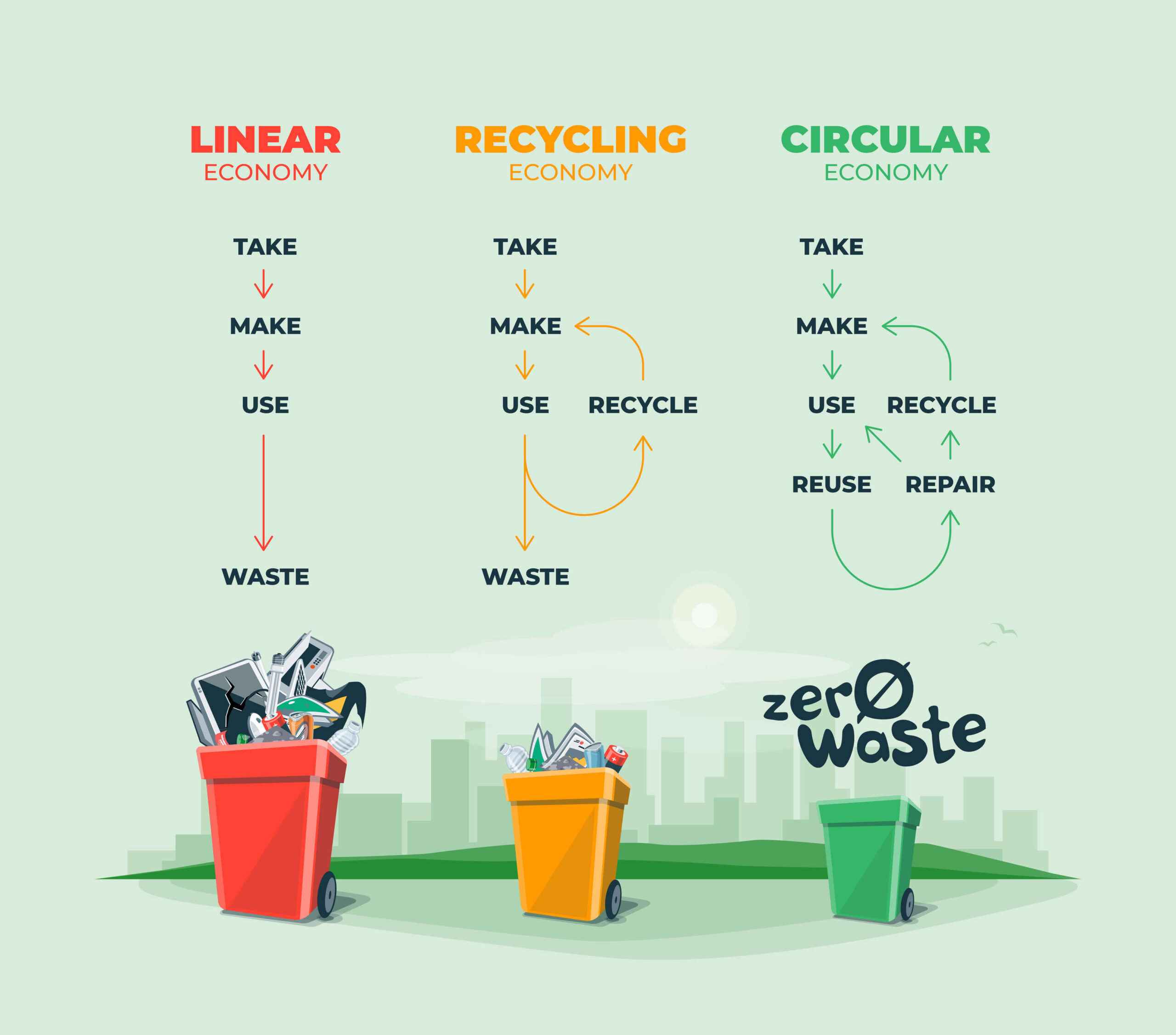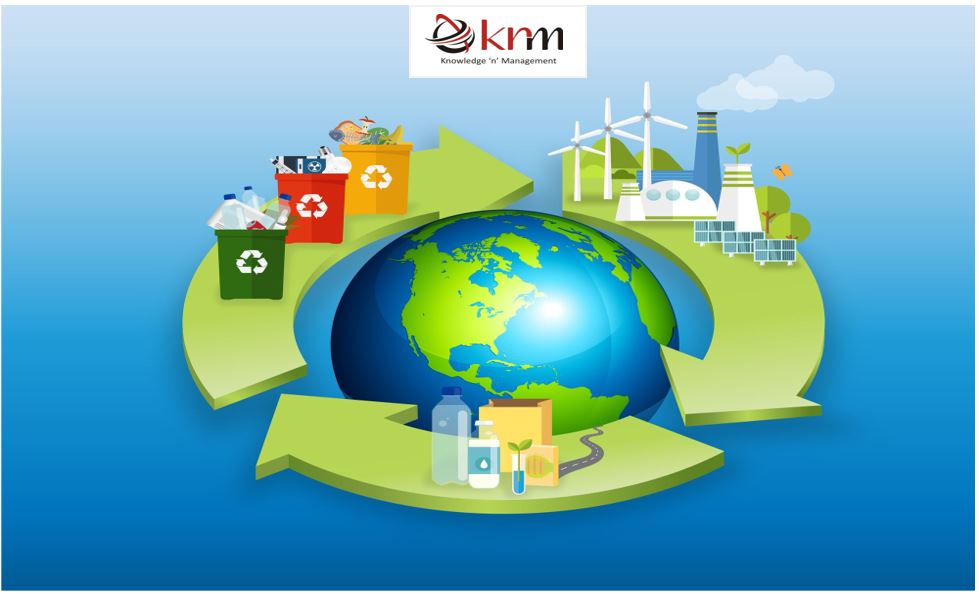Exploring Different Sorts Of Waste in Modern Waste Monitoring Equipment
The contemporary landscape of waste management involves navigating a complex range of waste kinds, each requiring specialized handling and disposal techniques to mitigate ecological effects. Municipal strong waste, unsafe waste, digital waste, and organic waste each existing unique difficulties and opportunities for resource healing. Cutting-edge options such as smart waste containers and waste-to-energy modern technologies are becoming important devices in boosting effectiveness and sustainability. Comprehending these waste kinds is important for fostering public awareness and encouraging active engagement in lasting methods. What approaches can successfully attend to these diverse kinds of waste while advertising a round economic climate?
Municipal Strong Waste
Municipal strong waste, usually referred to as house garbage or garbage, includes a selection of disposed of products generated by residential, industrial, and institutional sources within a district. This waste stream usually includes items such as product packaging, food scraps, yard trimmings, paper, plastics, textiles, and thrown out home goods. The administration of municipal solid waste is an essential part of metropolitan preparation and public health, demanding effective collection, transportation, and disposal systems.
Efficient waste administration systems are designed to reduce ecological effect while making the most of source recuperation. Composting organic waste, such as food scraps and backyard trimmings, not just decreases garbage dump use however additionally creates important dirt changes.
Towns need to likewise address the logistical and financial challenges related to waste monitoring. Executing pay-as-you-throw systems, boosting public awareness, and buying technology can significantly enhance waste diversion prices. By integrating these practices, communities can promote lasting communities, lower greenhouse gas exhausts, and conserve all-natural sources.
Contaminated Materials

Reliable contaminated materials administration entails several essential steps: recognition, disposal, treatment, and partition. Identification requires the classification of waste based upon its harmful residential properties. Partition makes sure that hazardous materials are kept individually from non-hazardous waste to protect against cross-contamination. Treatment methods, such as chemical neutralization, incineration, and stablizing, are employed to lower the toxicity, volume, or flexibility of the waste. Ultimately, disposal options, consisting of safe and secure land fills and underground storage, are picked to make sure long-lasting containment.
Regulative structures, such as the Source Conservation and Healing Act (RCRA) in the United States, offer standards and criteria for contaminated materials monitoring. Adherence to these policies, combined with developments in waste treatment modern technologies, is essential in minimizing the dangers related to contaminated materials.
Electronic Waste
Digital waste, typically referred to as e-waste, represents a rapidly expanding obstacle in waste management systems internationally. This kind of waste encompasses disposed of digital gadgets and tools such as mobile phones, computer systems, tvs, and other electronic appliances. The rapid rate of technological advancement, paired with decreasing item life expectancies and consumer demand for the current gadgets, has greatly enhanced the volume of e-waste created each year.
E-waste is specifically problematic as a result of its complex structure, frequently containing unsafe substances like cadmium, mercury, and lead, which present significant environmental and health and wellness dangers if not effectively managed. Conversely, e-waste additionally has useful products such as copper, gold, and silver, which can be recovered and reused. The twin nature of e-waste-- both hazardous and valuable-- requires specialized handling, reusing, and disposal procedures.
Effective e-waste monitoring includes rigid regulative structures, robust collection systems, and advanced reusing innovations. Public awareness and participation are important, as incorrect disposal techniques, such as unlawful disposing and casual recycling, aggravate ecological contamination and wellness threats. Boosting e-waste monitoring methods is crucial for minimizing environmental effect and recouping useful sources in a progressively digital world.

Organic Waste
Organic waste, consisting of cooking area scraps, lawn trimmings, and farming residues, represents a substantial part of the international waste stream. This kind of waste is eco-friendly, meaning it can be damaged down by microorganisms right into easier organic substances. Despite its capacity for all-natural disintegration, inappropriate management of organic Full Article waste can bring about unfavorable environmental impacts, consisting of the exhaust of greenhouse gases such as methane, which add to environment modification.
Effective monitoring of organic waste is critical for minimizing these environmental influences (recycling lives services). Composting is a widely adopted technique, transforming organic waste right into nutrient-rich garden compost that can boost soil wellness and farming performance. In addition, anaerobic food digestion is an emerging technology that transforms natural waste right into biogas, a renewable resource resource, and digestate, which can be used as fertilizer
Municipalities and waste management entities should apply robust organic waste collection and treatment programs to make best use of the benefits of these processes. Public education and learning campaigns can additionally play a critical function in encouraging households and services to different organic waste from various other sorts of waste. By prioritizing the management of organic waste, societies can minimize land fill usage, lower greenhouse gas discharges, and develop useful byproducts for farming usage.

Innovative Waste Monitoring
In the realm of waste administration, innovative methodologies are transforming how cultures handle their refuse, going for sustainability and effectiveness. These advancements encompass an array of innovations and practices that enhance reusing rates, minimize garbage dump reliance, and lower environmental impact. One popular development is the execution of wise waste bins outfitted with sensors that check fill degrees and maximize collection paths. This not only lowers gas intake yet likewise minimizes greenhouse gas emissions.
An additional remarkable advancement is the fostering of waste-to-energy (WtE) modern technologies. By transforming non-recyclable waste into useful energy with procedures such as incineration and anaerobic food digestion, WtE reduces landfill problem and provides a renewable resource resource. Moreover, improvements in chemical recycling permit the malfunction of complex plastics into their initial monomers, allowing the development of brand-new, high-quality plastic products.
Additionally, the round economic climate model is getting grip, stressing the layout of products and systems that prioritize reusability and source efficiency. This alternative approach urges sectors to lessen waste generation from the outset. Via these cutting-edge methods, modern waste management systems are not just addressing the prompt difficulties of garbage disposal but additionally paving the means for an extra lasting future.
Final Thought
A detailed understanding of metropolitan strong waste, harmful waste, digital waste, and organic waste, combined with the application visit this website of innovative waste management services, is crucial for reducing environmental effects. Integrating technologies such as wise waste bins and waste-to-energy systems can enhance efficiency and sustainability. Efficient waste administration methods not only foster source recovery yet also advertise public understanding and participation, ultimately contributing to the growth of a round economy.
The modern landscape of waste management involves browsing a complex variety of waste kinds, each needing specialized handling and disposal techniques to reduce environmental impacts. Local strong waste, harmful waste, electronic waste, and organic waste each present unique obstacles and opportunities for resource recovery.Electronic waste, frequently referred to as e-waste, stands for a rapidly growing obstacle in waste management systems worldwide. Via these innovative strategies, contemporary waste management systems are not only resolving the immediate difficulties of waste disposal however also paving the means for a much more sustainable future.
A comprehensive understanding of community strong waste, dangerous waste, digital waste, and organic waste, coupled with the blog here execution of ingenious waste administration solutions, is critical for minimizing ecological impacts. (recycling lives services)
Comments on “The Effect of Recycling Lives Services on Communities and the Environment”